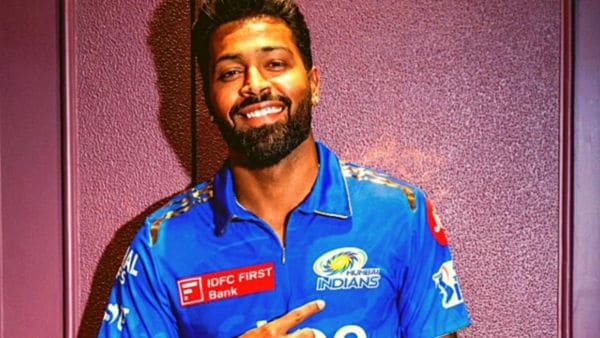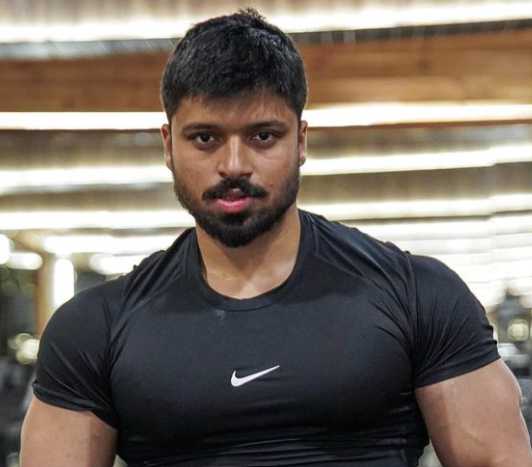Why did Mumbai Indians mercilessly replace Rohit Sharma with Hardik Pandya and why are Chennai Super Kings still holding on to Thala Dhoni?

Mumbai Indians have been busy lately. In June, the top management told Rohit Sharma that they were looking beyond him. November was the time when Hardik Pandya, the captain of the IPL-winning Gujarat Titans, returned to his old franchise and in December, he replaced Rohit as MI’s captain. Around these time-consuming events involving intense negotiations, there were rumours, denials, grief, intrigue and a series of rhetorical questions.
With Rohit leading from the front during India’s exceptional World Cup campaign, how can MI even think about changing the leadership? How could Gujarat Titans allow future India captain and priceless brand name Hardik to leave without any fuss? Why can’t MI-Rohit and GT-Hardik be like the long-standing and highly successful Chennai Super Kings-MS Dhoni partnership?
Conventional cricket wisdom has historically failed to explain IPL decisions. The world of T20 cricket, where balance sheets and scoresheets are given equal weight, is governed by a different set of rules. Auctions and retention considerations dictate important decisions. Brand and valuation are factors that influence firings and signings.

Since fans and players are in a constant state of switching between these two contrasting worlds – one eye on Team India, the other on the Indian Premier League – they often confuse one with the other. Speaking to franchise insiders, BCCI officials and neutrals offered some insight into the rationale behind the unpopular decisions that sparked anger and confusion among fans and players.
Why did Mumbai get Hardik Pandya?
It is known that the one big factor that forced MI to take the difficult leadership decision was the unique retention rule of the IPL. 2024 happens to be the final season before the mega auction that takes place every three years. 2025 will be the year of big change, and it will be the time when teams will list four players they want to stay with until 2028.

After winning their fifth Indian Premier League title in 2020, MI has seen a decline. In the next three years, they will finish fifth, tenth and fourth on the table. Keeping Rohit (36 years old) for the next three years in 2025 was a risky proposition. That would be a penalty and a huge leap of faith.
Rohit is not done being a T20 cricketer. He can still be a batting asset and also part of the team’s brain trust. When relay runners exchange batons, the “giver” runs with the “receiver” for a few meters before letting go. MI also wants Rohit to have a light grip on the stick so he doesn’t fall.
MI owners are known for their clinical corporate culture, and always have a succession plan in place. MI and Hardik go back a long way. Hardik, at 30, was ripe to be picked. Signing him now and retaining him next year means Hardik can give his best years of cricket to MI. Rohit also did the same. He joined MI when he was 24 years old. He rose through the ranks, was captain at the age of 26 and won five Indian Premier League titles.

But was it wise to make long-term plans with Hardik, a player who suffers from chronic injury problems? Insiders say MI reviewed his fitness, plus they have experience managing injury-prone Jasprit Bumrah and got the best out of him.
MI may have had a strong case to replace Rohit as captain but the intervention of fate ensured that the timing was far from ideal. When Mumbai was in talks with Gujarat, Team India was in the middle of their impressive World Cup run, Hardik was out of the team and Rohit was seen as an unselfish captain with a winning touch.
There were other complications. Coincidentally, when MI appointed Hardik as captain, BCCI was in the middle of a captaincy debate for the T20 World Cup.
MI’s endorsement of Hardik was bad for Rohit. It felt hard to do. Rohit wasn’t the only one who was disappointed. The other two MI captaincy hopefuls – Surya Kumar Yadav and Bumrah – also expressed their anguish on social media when Hardik returned to the MI fold. Surya and Bumrah have led India, and they too have ambitions.
But can’t Rohit, Suriya and Bumrah get out, just like Hardik did? All three could have received record deals from other franchises. There were reports of Delhi Capitals sending tentacles for Rohit. The team that was yet to win the IPL was ready to bend over backwards and empty its coffers. Insiders say Rohit is not budging. As for Suriya and Bumra, there were no rumors about them thinking about other offers.
So why do players come to terms with their anxiety and continue with MI?
On the IPL circuit, players are speaking out about playing for MI, arguably the most influential franchise in Indian cricket. MI’s exceptional track record in grooming several Indian players has convinced the world that the path to the national team lies through Mumbai.
Owned by India’s leading conglomerate Reliance, MI has a workforce and resources that no team can match. Treatment at their ultra-modern hospital in Mumbai, access to modern infrastructure all year round, and foreign exposure trips are part of the MI package. For the Covid-years’ IPL, MI picked up families and put them in team hotels. In MI, as the Hardik case showed, you can log out but never leave.
Why did Gujarat Titans let Hardik go?
The Ahmedabad franchise is very different from MI. The two have different cultures and goals. Back in 2021, CVC Capital paid Rs 5,625 crore to be part of the IPL. While MI is a family-run franchise, CVC is an investment firm with 40 managing partners and a global network of 29 local offices. Gujarat Titans is listed on its website under its diverse and impressive portfolio section.
By selling Hardik, GT’s portfolio went up by Rs 15 crore and they also earned a transfer fee that only IPL would know. Speculation abounds about the amount, with some citing an outlandish figure of Rs 100 crore.
The profits from the Hardik trade will reflect on CV Capitals’ balance sheet at the end of the financial year and is expected to lead to a significant rise in its valuation. For an investment firm that buys and sells, this was as important as winning the Indian Premier League title. In the coming years, if the fund manager who owns GT plans to sell his stake, partially or completely, such deals will help him get a good deal.
Shubman Gill, India’s next big star, is Hardik’s replacement as GT captain. There is another asset taking shape in Ahmedabad. In the coming days, another trade with huge transfer fees cannot be ruled out.
Many football clubs around the world depend on the economics of selling their players. Over the past decade, Benfica and Atletico Madrid have made approximately €955 million (Rs 8,723 crore) by trading their stars. MI may be interested in building legacy and would never consider selling the stake, but GT’s plan would be different.
Is it wise for CSK to stick with Dhoni as captain?
While Mumbai had Sachin Tendulkar, Ricky Ponting and Harbhajan Singh as leaders, CSK stuck with Dhoni. Immune to the privatization of cricket, CSK has not exactly moved with the times. The team’s original owner and veteran BCCI director, N Srinivasan, managed several teams in local leagues in Chennai. He knew that supporting cricket needed a philanthropist mentality; It is not an investment that gives regular annual dividends.
CSK made a half-hearted attempt to find Dhoni’s successor but Ravindra Jadeja’s experiment was short-lived. But it needed Dhoni for the CSK model to work. Not many people can win an Indian Premier League title at the age of 42, and that too with a mediocre batting average and a dodgy knee. Mumbai may have replaced him long ago, Gujarat may have traded him, but the conservative city of Chennai has stuck with him loyally. Though, they now seemed worried about finding someone who could replace the older Thala.
Send your feedback to sandydwivedi@gmail.com








